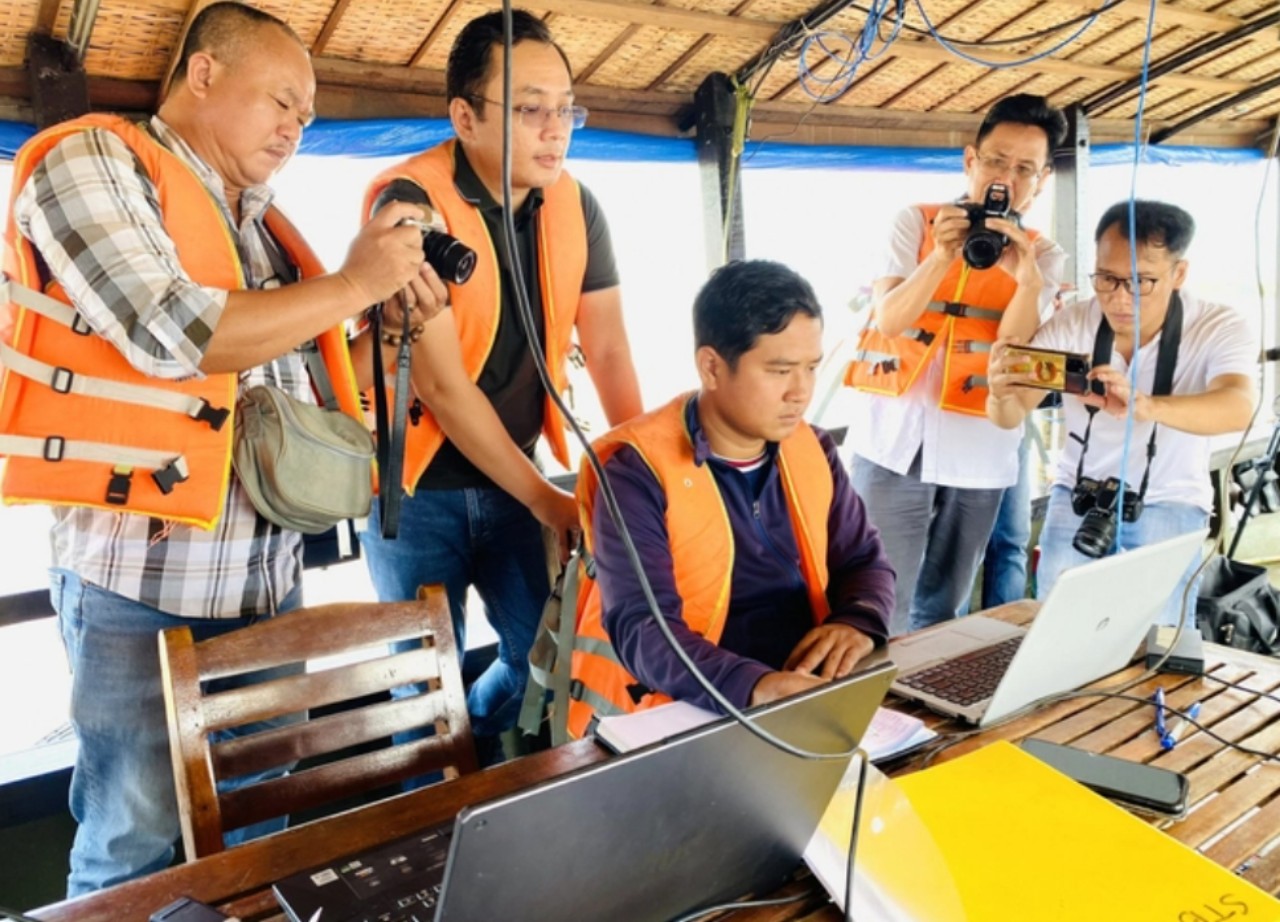CANTHO – The Mekong Delta region loses an average 500 hectares of land due to landslides every year, according to a report by the World Wide Fund For Nature Vietnam (WWF Vietnam) and Vietnam Disaster Management Authority.
The Mekong Delta region contributed 31.37% of the agriculture sector’s GDP, however, increasing weather extremes, such as drought, salt water encroachment, soil erosion, and especially landslides resulting from excessive river sand mining, have threatened the production and daily activities of the residents.
In 2018-2020, landslides caused a loss of over VND200 billion for provinces, including An Giang, Dong Thap, Can Tho, Vinh Long and Ca Mau. Through 2021, the Mekong Delta had 621 sites where landslides occurred over 610 kilometers of shoreline.
The depth of Tien and Hau rivers also increased by 1.5 to 10 meters from 1998 to 2016, resulting in an erosion of 66% of the coastal line of the region.
Authorities attributed the over-exploitation of underground water, the building of a series of hydropower plants upstream on the Mekong river, and the excessive river sand mining for the severe erosion and landslides.
In a bid to counter the erosion, WWF Vietnam, in collaboration with agencies and 13 provinces in the region, are conducting a sustainable sand management project in the Mekong Delta region, running from July 2019 to May 2024, to maintain key ecological functions and minimize the risks caused by climate change in the region.
The project includes building a sand bank throughout the Mekong Delta, raising awareness among the community, enhancing the capacity to access information relating to the risks of unsustainable sand mining and boosting research and development for substitute materials for sand in the construction field.











